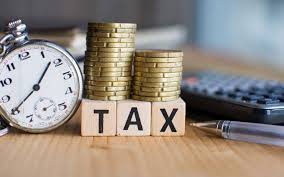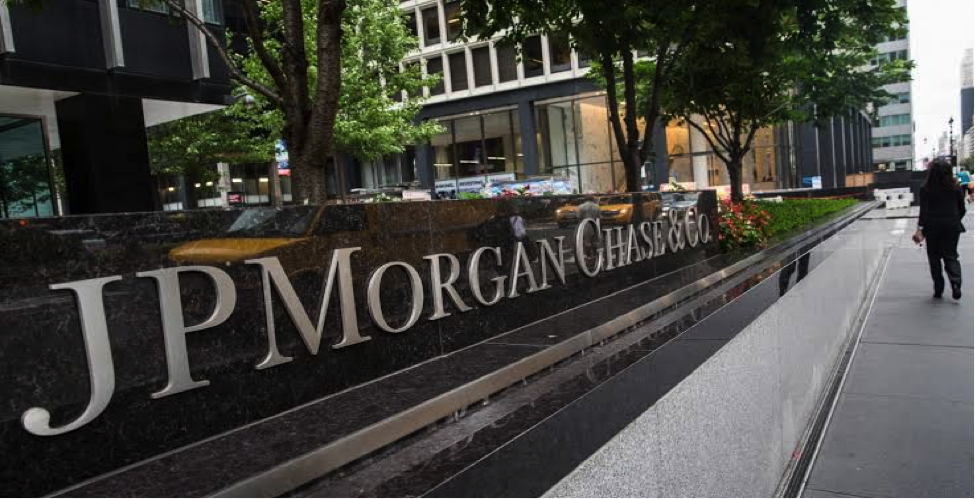
The Biography of Ingvar Kamprad : Net Worth, Career, IKEA
Ingvar Kamprad: A Tribute (1926- 2018) Mr. Kamprad was a Swedish self-made billionaire and business mogul. He was the founder of IKAE, the most valuable furniture retail comp...

Ingvar Kamprad: A Tribute (1926- 2018) Mr. Kamprad was a Swedish self-made billionaire and business mogul. He was the founder of IKAE, the most valuable furniture retail comp...

“Be a yardstick of quality. Some people aren’t used to an environment where excellence is expected.” “Technology is nothing. What’s important is that y...

On Thursday, the House of Representatives which is controlled by Democrats approved a bill to suspend the $10,000 cap on state and local tax deductions that came with President D...

Nike (NYSE: NKE) has reported its quarterly earnings. The revenue beat the expectations of investors, however its North American sales sent shares lower immediately during after-...

A group of individuals belonging to a Chinese government-linked hacking group has resumed hacking activities. According to researchers, the group which was thought to be dormant ...

Chief Executive Officer of JetBlue (NASDAQ: JBLU), Robin Hayes, as well as other investment analysts on Wall Street, have cleared the company stock for landing into investor port...

Spanish food delivery app, Glovo has raised the sum of 150 million Euros ($167 million) in a fresh investment deal following its international hiring and expansion. This investm...

On Wednesday, Dec. 18, U.S. bank, JPMorgan (NYSE: JPM) announced in a press release that it has received the final approval from Chinese regulators to set up a majority-owned se...

p.p1 {margin: 0.0px 0.0px 12.0px 0.0px; text-align: justify; font: 14.0px Times} p.p2 {margin: 0.0px 0.0px 12.0px 0.0px; text-align: justify; font: 14.0px 'Times New Roman'} p.p3 {margin: 0.0px 0....

A few weeks back, Investing Port revealed that Coca- Cola ( KO) was one of the top-performing stocks of 2020. Right now, Coca-Cola is giving a limited number of its fans a sweet taste of 202...